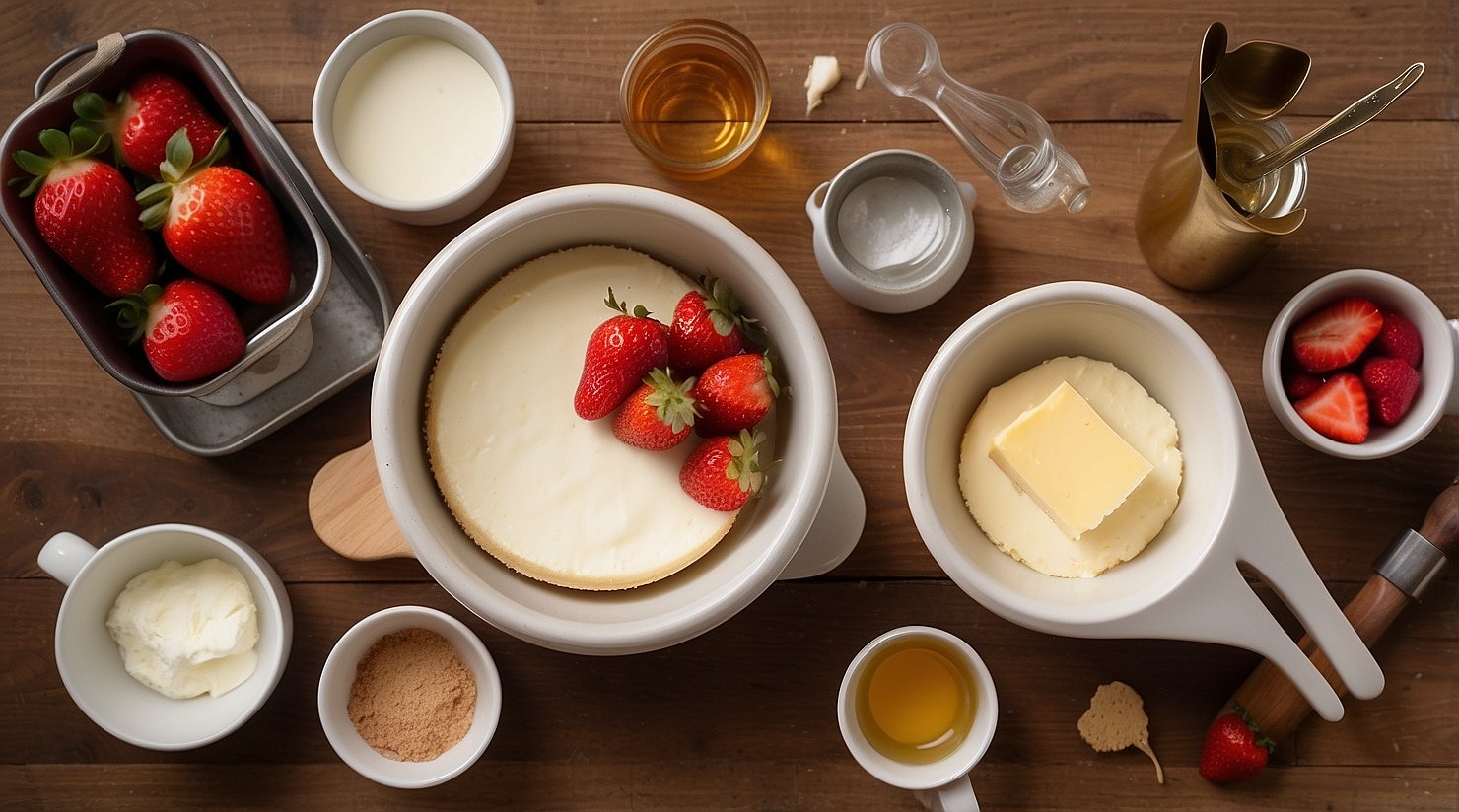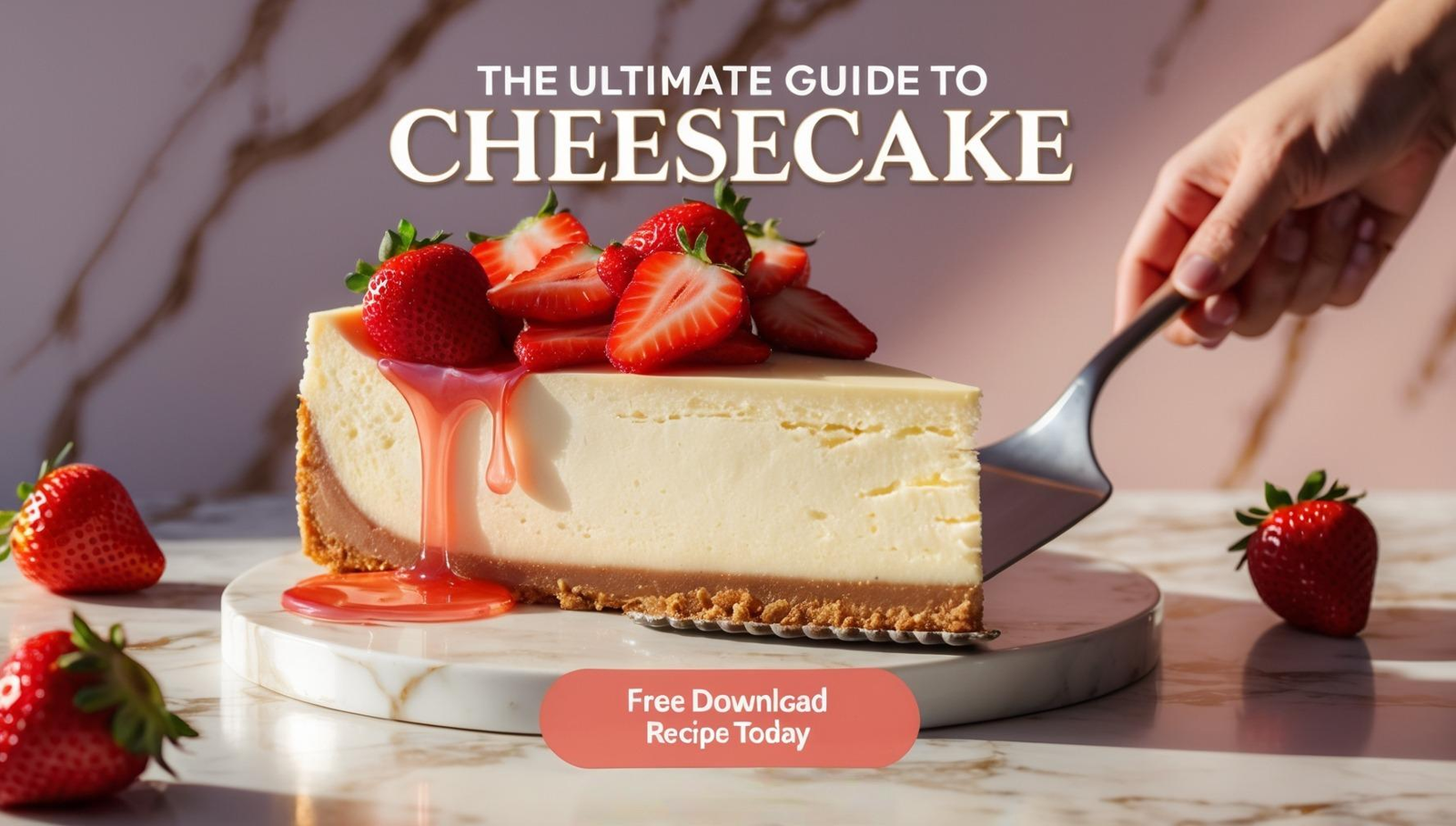The Ultimate Guide to Cheesecake: Tips, Techniques, and Recipe Inspiration
Cheesecake has captivated dessert lovers for generations with its rich, creamy texture and endless flavor possibilities. Whether you’re a baking novice or a seasoned pastry enthusiast, mastering the art of cheesecake opens up a world of culinary creativity.
What Makes a Perfect Cheesecake?
The perfect cheesecake balances several key elements: a buttery, crisp crust that provides textural contrast, a silky-smooth filling that’s neither too dense nor too fluffy, and just the right amount of sweetness. The best cheesecakes achieve that signature creamy consistency while maintaining enough structure to slice cleanly.
Essential Ingredients for Success
Cream Cheese forms the foundation of any great cheesecake. Always use full-fat, brick-style cream cheese at room temperature to ensure a smooth, lump-free filling. Low-fat versions simply don’t provide the same rich texture and flavor.
Eggs act as the binding agent, giving your cheesecake structure. Room temperature eggs incorporate more easily into the batter, creating a silkier final product.
Sugar sweetens the filling while also affecting texture. Granulated sugar is standard, but some recipes benefit from brown sugar or alternative sweeteners for depth of flavor.
Sour Cream or Heavy Cream adds tanginess and additional creaminess. Many bakers swear by adding a sour cream topping for both flavor and to help prevent cracks.
Crust Options Beyond Graham Crackers
While graham cracker crusts remain the classic choice, experimenting with different cookie bases can transform your cheesecake. Chocolate wafer cookies create a darker, more dramatic foundation perfect for lighter fillings. Gingersnap crusts add warm spice notes that complement fall flavors beautifully. Pretzel crusts offer a salty-sweet contrast, while shortbread or vanilla wafer crusts provide a more delicate backdrop.
Don’t forget the butter—it’s what binds your crust together. A general ratio of 1.5 to 2 cups of cookie crumbs to 5-6 tablespoons of melted butter works for most recipes.

Baking Techniques That Prevent Cracks
Cracks are the nemesis of cheesecake bakers, but they’re easily preventable with proper technique.
Water Bath Method: Wrapping your springform pan in aluminum foil and placing it in a larger pan filled with hot water creates gentle, even heat that prevents the dramatic temperature fluctuations that cause cracks.
Avoid Overmixing: Once you add eggs to your batter, mix just until combined. Overmixing incorporates excess air, which expands during baking and contracts during cooling, leading to cracks.
Low and Slow: Baking at a moderate temperature (usually 325°F) allows the cheesecake to cook evenly throughout without the edges setting too quickly.
Gradual Cooling: When your cheesecake is done, turn off the oven and crack the door open, letting it cool gradually for about an hour before moving it to room temperature, then to the refrigerator.
Flavor Combinations That Work
The beauty of cheesecake lies in its versatility. Fruit-based flavors like berry, citrus, and tropical options provide bright, refreshing contrasts to the rich filling. Chocolate in all its forms—dark, milk, white, or as mix-ins like Oreos and brownies—creates indulgent, crowd-pleasing variations.
Seasonal spices transform cheesecake into holiday showstoppers. Pumpkin spice, eggnog, and gingerbread flavors feel festive and cozy, while caramel, toffee, and salted elements add sophisticated depth.
International flavors are increasingly popular, from Italian tiramisu-inspired versions to Japanese matcha creations and Latin American dulce de leche variations.
Tips for First-Time Cheesecake Bakers
Start with room temperature ingredients—this cannot be overstated. Cold cream cheese creates lumps that are nearly impossible to eliminate.
Invest in a quality springform pan. The removable bottom makes unmolding infinitely easier and helps achieve those picture-perfect slices.
Be patient with chilling time. Cheesecake needs at least 4 hours in the refrigerator, though overnight is ideal. This setting time is when the flavors meld and the texture becomes properly firm.
Use a hot, dry knife for clean slices. Dip your knife in hot water, wipe it completely dry, then make your cut. Clean and reheat between each slice for professional-looking results.
Storing and Freezing Cheesecake
Properly stored cheesecake stays fresh in the refrigerator for 5-7 days when covered tightly. For longer storage, cheesecake freezes exceptionally well for up to 3 months. Freeze individual slices wrapped in plastic wrap and aluminum foil, or freeze the entire cheesecake. Thaw overnight in the refrigerator for best results.
Common Mistakes to Avoid
Opening the oven door frequently causes temperature fluctuations that lead to cracks and uneven baking. Use your oven light to check progress instead.
Skipping the room temperature step for ingredients creates a lumpy batter and prevents proper incorporation.
Overbaking results in a dry, crumbly texture. Cheesecake is done when the edges are set but the center still jiggles slightly—it will continue to set as it cools.
Getting Creative with Toppings
The topping can make or break your presentation. Fresh fruit arranged artfully provides color and freshness. Chocolate ganache adds elegance and richness. Caramel or fruit sauces create dramatic drizzles and pools of flavor. Whipped cream lightens the overall richness, while cookie crumbles, nuts, or candy pieces add textural interest.
Why Homemade Beats Store-Bought
While convenient, store-bought cheesecakes often contain stabilizers and preservatives that affect flavor and texture. Homemade versions allow you to control ingredient quality, adjust sweetness levels, and customize flavors to your exact preferences. Plus, the satisfaction of serving a dessert you made from scratch is unmatched.
Cheesecake baking is both an art and a science, but it’s more forgiving than its reputation suggests. With quality ingredients, proper technique, and a little patience, anyone can create stunning, restaurant-quality cheesecakes at home. Whether you stick with timeless classics or venture into creative flavor territory, each cheesecake you bake builds your skills and confidence.
The recipes in this collection represent the full spectrum of what cheesecake can be—from traditional favorites that never go out of style to innovative combinations that push boundaries. Gather your ingredients, preheat your oven, and discover why cheesecake remains one of the world’s most beloved desserts.
